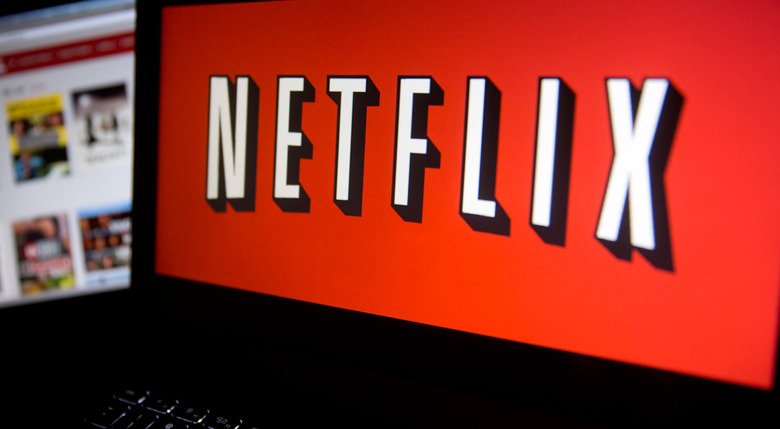Netflix Still Dominates Online Streaming, And Is Slowly Killing BitTorrent
If you need any evidence of Netflix's ongoing dominance in the online streaming space, look no further than the sheer amount of bandwidth the service eats up relative to everyone else. According to recent data compiled by Sandvine, Netflix-related bandwidth — measured during peak hours — now accounts for 37.05% of all Internet traffic in North America.
DON'T MISS: Apple's secrets: How Apple's legal fight with Samsung revealed a gold mine of top-secret information
To truly appreciate this figure, consider this: the bandwidth consumed by Netflix users during peak hours is greater than the bandwidth seen from YouTube, Amazon Prime, Hulu, and iTunes combined. Indeed, the service that comes closest to matching Netflix is YouTube, which comes in second with a 17.85% share of Internet traffic.
More broadly, the chart below relays that a good 70% of downstream bandwidth is associated with streaming video and audio services.
Speaking to this new era of streaming services, Sandvine CEO Dave Caputo said:
Streaming Video has grown at such a rapid pace in North America that the leading service in 2015, Netflix, now has a greater share of traffic than all of streaming audio and video did five years ago.
While bandwith from sites like Netflix, YouTube, and Facebook all increased over the past few months, the sites that enjoyed the largest gains were Amazon Video and Hulu, with 3.11% and 2.58% shares respectively. By way of contrast, the bandwidth eaten up by each service just six months ago came in at 2% and 1.9%, clearly indicating that both sites are becoming much more popular with viewers.
Per usual, one of the more interesting takeaways from Sandvine's report is how quickly BitTorrent is fading into irrelevancy. Thouth Sandvine's data points to BitTorrent accounting for 5% of total Internet traffic in North America, remember that filesharing sites back in 2011 accounted for 22% of Internet traffic. Going back just a bit further, filesharing sites accounted for nearly 33% of Internet traffic in 2008.
Of course, it shouldn't come as a surprise that BitTorrent has been trending downwards as affordable, easy to use, and compelling streaming services have proliferated over the past few years.
Speaking to this point, Sandvine's Dan Deeth concisely articulated the shifting trend in consumer viewing habits last year.
People have shifted their activities to streaming over file sharing, Subscribers get quality content at a reasonable price and it's dead simple to use, whereas torrenting or file sharing is a little more complicated.
Solid points all around.
Interestingly, the data looks a whole lot different when it comes to mobile bandwidth, with YouTube and Facebook dominating with a combined 36.74% share. Netflix, meanwhile, only checks in with a 3.44% share.
